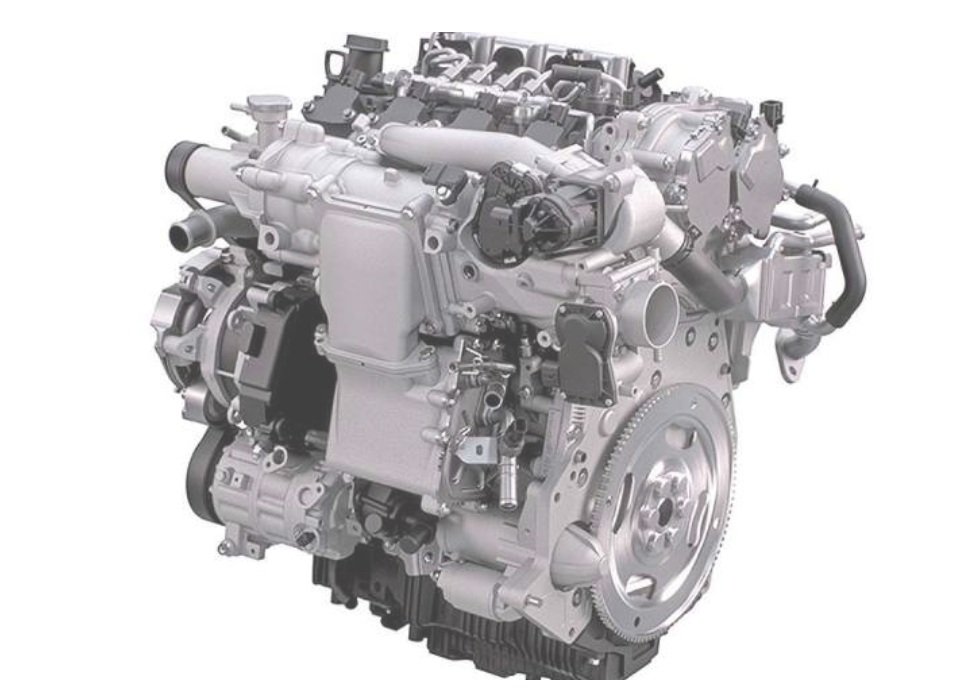Star | Common troubleshooting of Gasoline engine of tamping rammer, plate compactor & powel trowel
Common troubleshooting of Gasoline engine of tamping rammer, plate compactor & powel trowel
Nowadays, more and more mechanical equipment uses gasoline engines, such as Honda, Kohler, Briggs, Subaru and so on. Gasoline engines will always have various problems. Today we will talk about the common startup problems of gasoline engines.

In order for the engine to start smoothly, the following three conditions must be met:
1. The cylinder is filled with a proper proportion of the fuel-air mixture
2. Good pressure inside the cylinder
3. At the best moment, Mars ignites the mixture

The cylinder is shown in the figure:
Without these three conditions, the engine will not start.
1. Common faults and elimination methods in the use of gasoline engines:
1.1, oil leakage: generally refers to oil leakage from the vent hole (waste oil pipe)
1.2, gasoline is not clean, there are small impurities blocking the float needle valve.
Action: Clean the carburetor.
1.3, the float is stuck, so that the float needle valve can not work.
Action: Clean the carburetor.

The carburetor is shown in the figure:
2. During the use, suddenly turn off the flame.
2.1 There is no oil in the fuel tank or the oil circuit is not smooth.
Action: Add gasoline and clean the carburetor.
2.2 The fuel tank cap is tightly sealed, such as the fuel tank cap is sealed with a plastic film.
Action: Make a small hole in the fuel tank cap.
Section 2.3 Valve return spring is broken.
Action: Replace the throttle return spring.
2.4 The gasoline engine is severely heated, the engine oil is too small, and the oil is not sufficient so that the lubrication on the piston is intermittent.
Action: Add appropriate turbine oil.
(1) difficulty in starting
I. Fuel system
(1) There is no gasoline in the fuel tank or the fuel switch is off.
(2) The vaporizer does not adequately block the wind, especially when it is cold.
(3) Gasoline is mixed with water, dust or rubber particles so that the oil flow to the gasoline engine is blocked.
(4) Inferior gasoline and low-quality gasoline cannot be fully vaporized so that a proper proportion of fuel-air mixture cannot be prepared.
(5) Due to the blockage of sludge or rubber particles, the vaporizer needle valve is normally open and closed. When the engine is idling, the phenomenon that the fuel overflows the vaporizer can be judged to be caused by such a failure. In this case, the fault can be repaired by tapping the float chamber with a screwdriver handle or a similar tool. If the fault cannot be discharged, it is necessary to disassemble the float chamber and clean the vaporizer needle valve dirt.
(6) If the carburetor generates fuel overflow or excessive fuel flows into the cylinder when starting the engine, the fuel-air mixture is too concentrated to burn. In the event of such a fault, remove the spark plug and turn the starter pulley a few turns by hand to allow this mixture of less oil to volatilize from the spark plug hole into the air. In this process, keep the vaporizer choke open. In the state, the spark plug is dried and screwed.
II. Compression system
If starting difficulties and power loss are not caused by the fuel system or the ignition system, check the following sections to see if there is a lack of compression.
(1) Since the engine is stored for a long time, the inside is completely dry.
(2) The slack or damage of the spark plug, which causes the mixed gas to escape from the cylinder during the compression stroke of the start, causing humming noise.
(3) The cylinder head gasket seal is damaged or the cylinder head is loosened, causing the same click during compression.
(4) The clearance of the valve is incorrect.
If you still do not get the standard compression after the above steps are repaired, you need to remove the engine and check the following items.
a) The valves cannot be closed due to carbon deposits or colloidal particles on the stem.
b) If the piston ring is stuck on the piston, remove the piston and connecting rod from the engine and clean or replace the parts.
(5) The engine is used for a long time and in a dusty environment, the piston ring exceeds the use limit. Not enough compression.
III. Ignition system
When there is no spark, please check the following:
(1) Is the lead of the ignition coil, spark plug or contact breaker disconnected?
(2) The ignition coil is damaged or shorted.
(3) The spark plug cable is wet or submerged.
(4) The spark plug is dirty or wet.
(5) The spark plug electrode spacing is incorrect.
(6) The spark plug electrodes are connected together or turned on.
(7) The ignition timing is incorrect.

Spark plug:
(2) The engine does not ignite
(1) The spark plug electrode spacing is incorrect and should be adjusted between 0.6 and 0.7 mm.
(2) The spark cable is worn or leaking.
(3) The spark is weak.
(4) The ignition wire connection is slack.
(5) Gasoline is mixed with water.
(6) Insufficient pressure.
(7) Spark plug carbon (used engine)
(3) Engine stop
(1) The fuel tank is full of fuel. Gasoline is mixed with impurities such as water, dust, and rubber particles.
(2) Steam resistance. For example, due to the high temperature around the engine, the gasoline in the steam path evaporates.
(3) Due to the use of volatile domestic gases in the hot season, the oil circuit or vaporizer generates steam resistance.
(4) The vent hole of the fuel tank cap is clogged.
(5) The bearing is cemented due to lack of lubricant.
(6) The permanent magnet engine or ignition coil has failed.
(4) Engine overheating
(1) If the crankcase oil level is too low, refuel immediately.
(2) The spark timing is incorrect.
(3) Use low quality gasoline or overload the engine.
(4) The cooling air circulation is blocked.
(5) The cylinder head cooling fins are clogged with dust.
(6) The engine is operated in an enclosed space and there is not enough cooling air.
(7) Exhaust gas is restricted or there is carbon deposit in the combustion chamber.
(8) Engines using low octane gasoline deflagrate due to heavy loads and low speeds.
(5) Engine knock
(1) The quality of gasoline is inferior.
(2) The engine operates at heavy loads and low speeds.
(3) Carbon deposits or lead in the cylinder head.
(4) The spark timing is incorrect.
(5) The connecting rod bearing is slack due to wear.
(6) The piston pin is slack due to wear.
(7) Caused by overheating of the engine.
(6) The engine is tempered by a vaporizer
(1) Gasoline is contaminated with dust or water, or the quality of gasoline is inferior.
(2) The suction valve is blocked.
(3) The valve is overheated or has red hot carbon particles in the combustion chamber.
(4) The engine body temperature is low.
Add the following points to the engine stall after a few minutes of work:
(1) Whether the fuel tank switch is open (full opening required).
(2) The fuel tank cap is not ventilated, so that the fuel tank does not flow under the negative pressure fuel (whether there is a vent hole, or whether the vent hole is blocked under the fuel tank cap by using a plastic bag or a film to prevent the fuel from spilling).
(3) There is dirt in the gasoline or fuel tank, which blocks the high-speed hole (cleaning) of the carburetor.
(4) If the fuel tank is too low, the fuel cannot flow to the carburetor (increasing the fuel tank or handrail).


